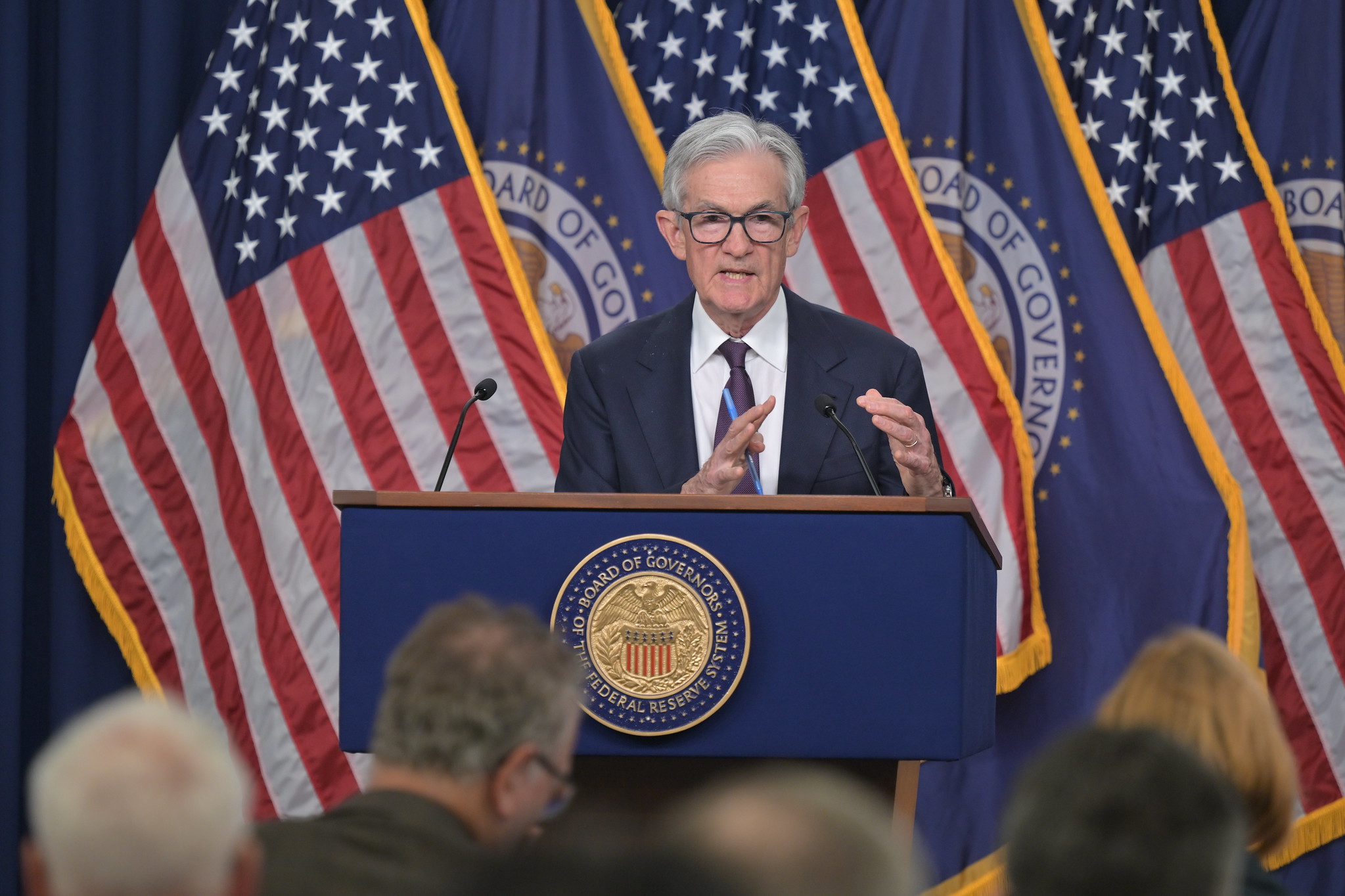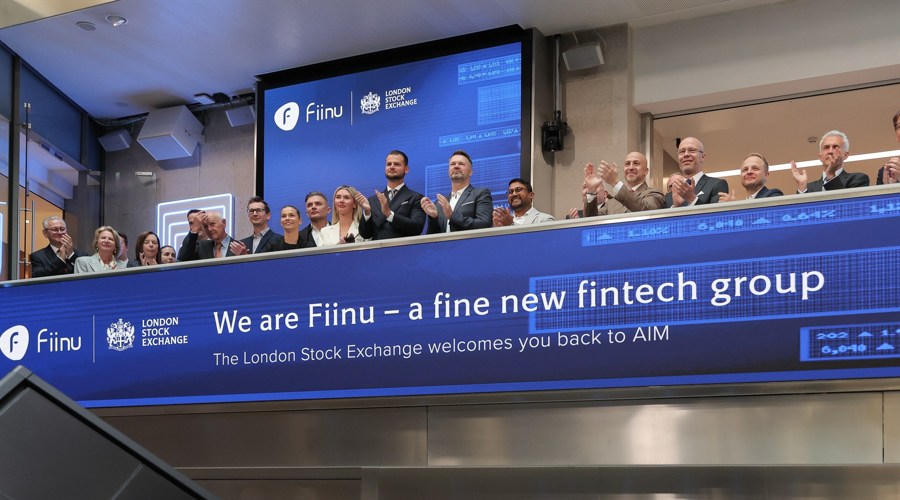“I think the (EPA) standards are a disaster,” says David R. Henderson, a research fellow at the Hoover Institution, a public-policy think tank based at Stanford University in California. “The thing is if someone buys an EV now, there are distorted incentives to do so. But at least people get to choose to do so. But mandates blow past all market signals and that’s one big argument against them.”
This is from Ken Wysocky, “Large-Scale Adoption of EVs Faces Logistical Hurdles,” Motor, June 20, 2023. Wysocky does a nice job of building an article around the thinking of Alan Reynolds, Jeffrey Miron, and me.
Wysocky ends with this:
Given all these barriers, is mass EV adoption within a few years realistic? For answers, Henderson suggests looking to California, where emission-free vehicles must account for 43 percent of new car sales by 2027.
“California is the canary in the coal mine,” Henderson says. “That’s a pretty tough goal to achieve by 2027.”
One possible way to achieve that goal is to dramatically increase the price of ICE vehicles to drive consumers to EVs, he notes.
“If that ever happens, I predict a huge consumer revolt,” he says.
I think the relative price impacts of this have been underreported. I may do a post on that soon.
Read the whole thing.







































